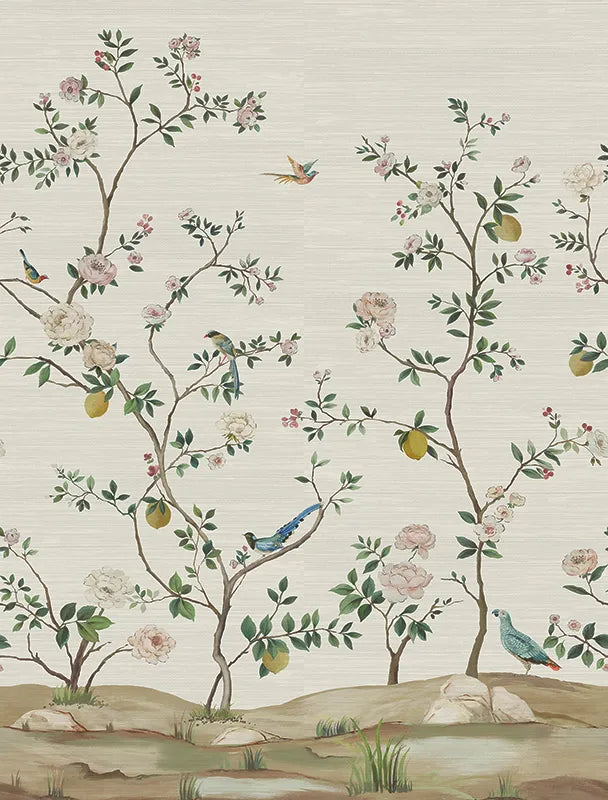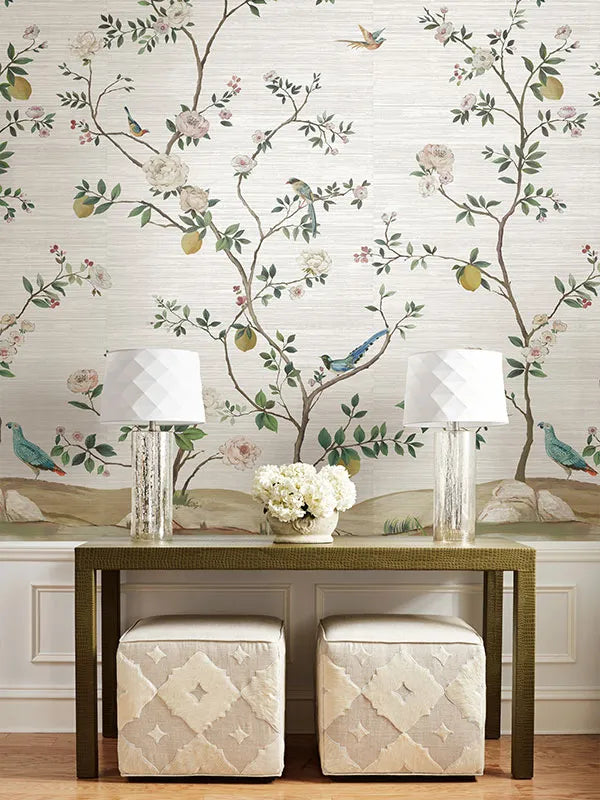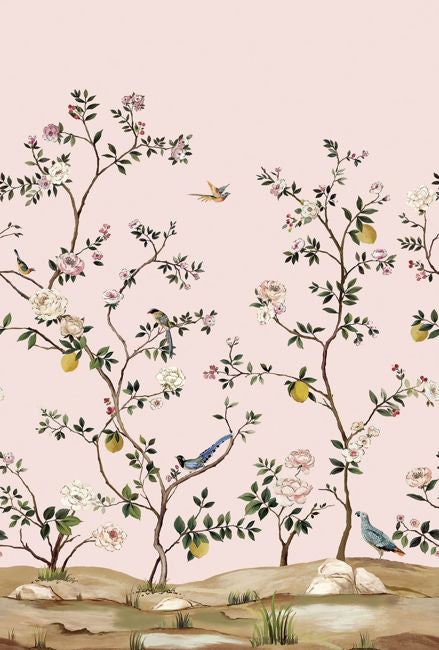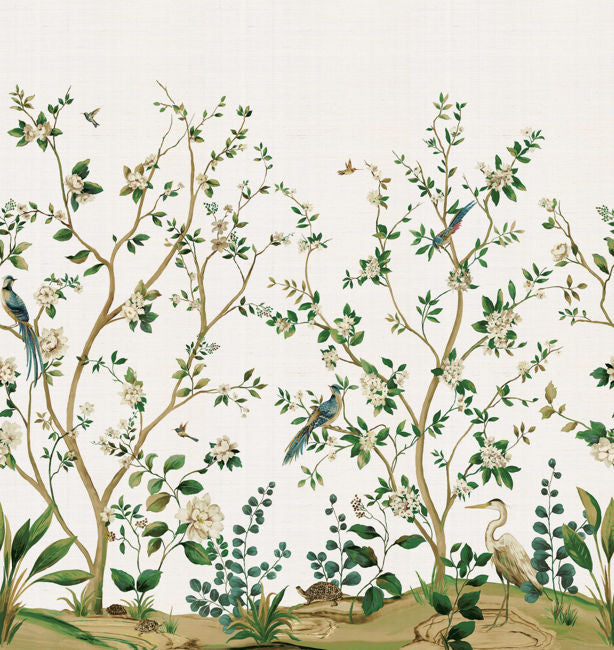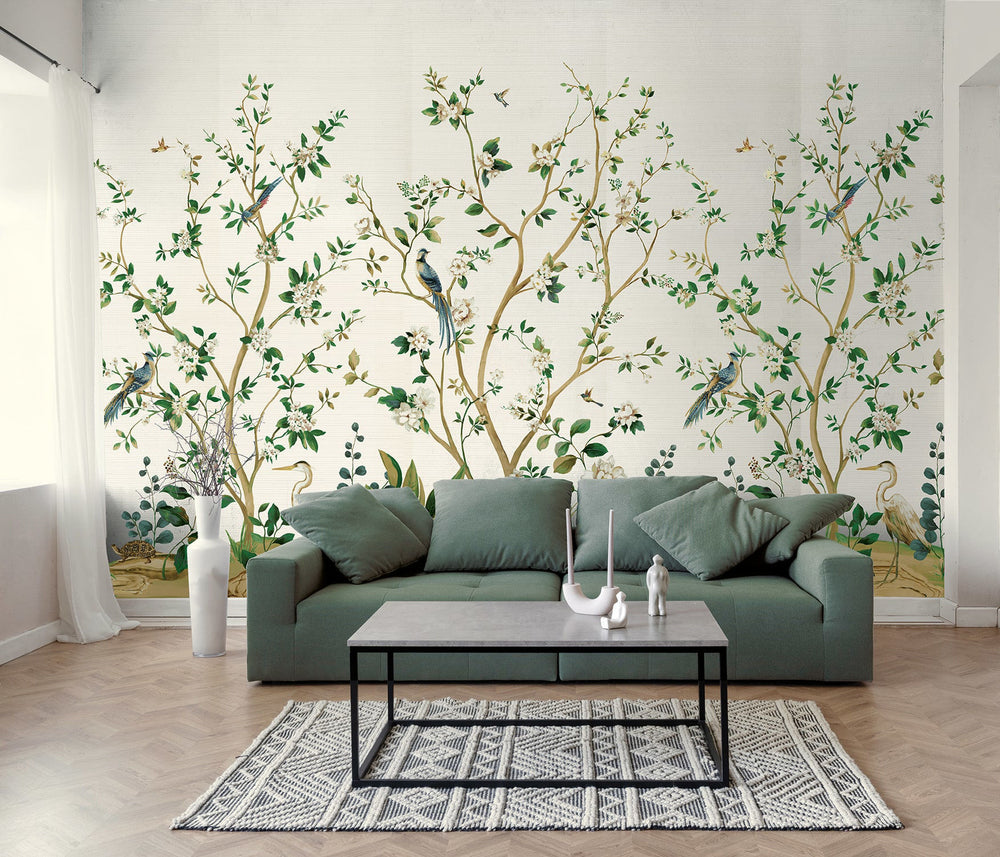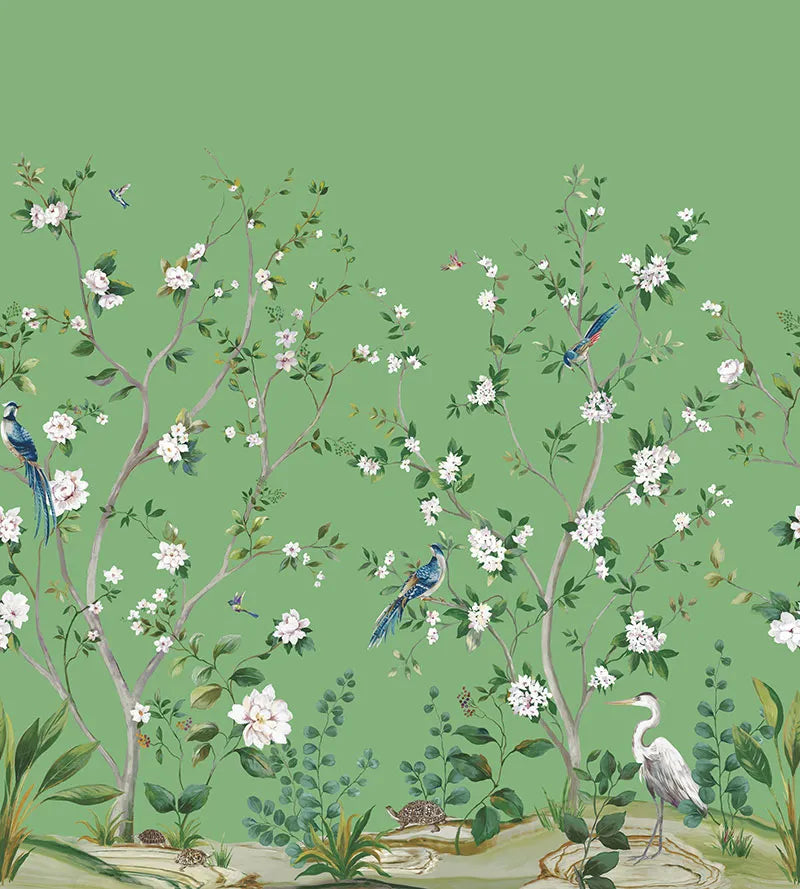How Surface Print Wallpaper is Made
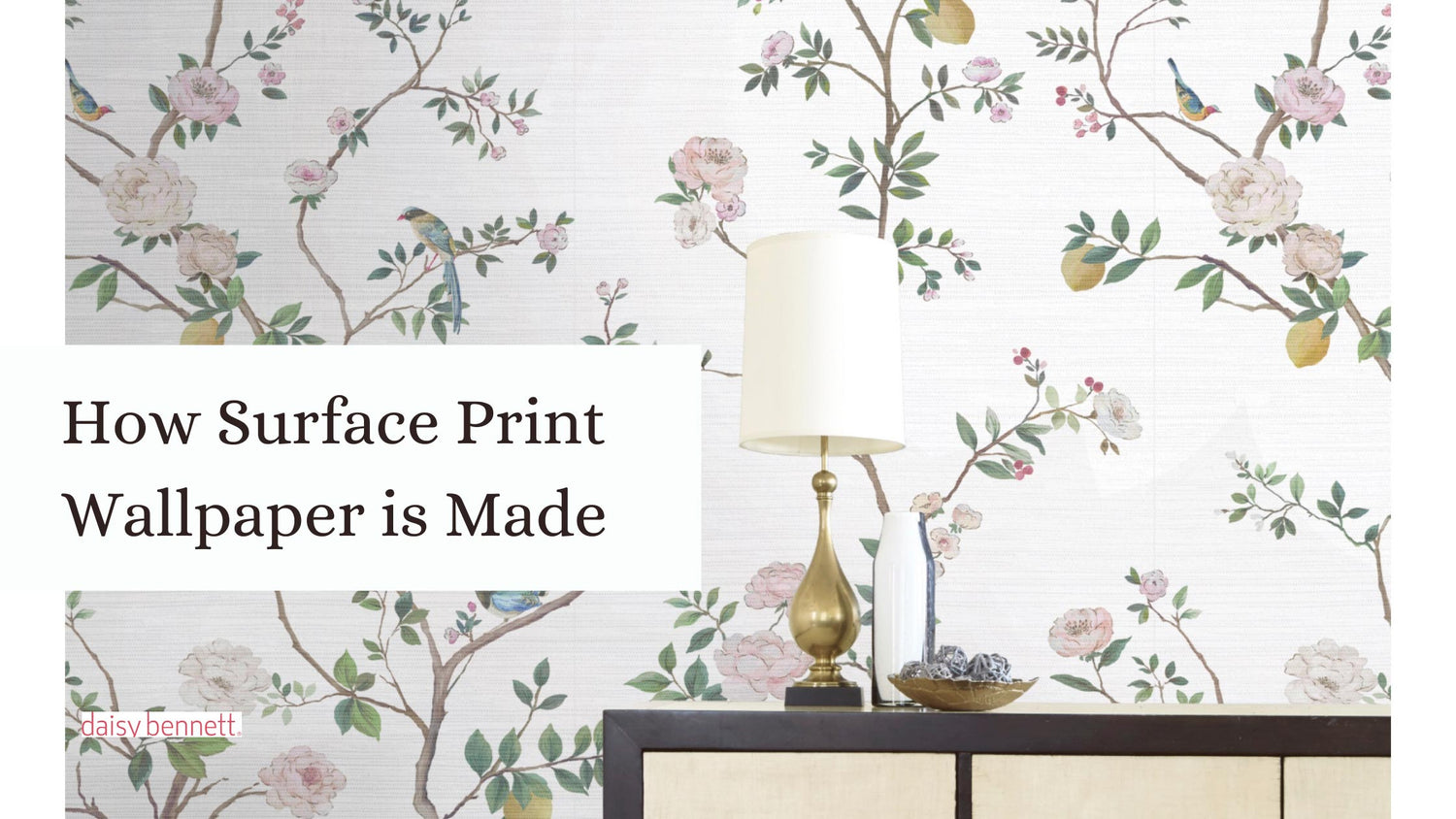

Have you ever wondered, how did they make that? Interested to learn how surface print wallpaper is made?
History of How Wallpaper was Made
The surface print rollers used to make wallpaper were originally developed in Lancashire, England way back in 1873. I have visited there, and was fortunate enough to make some...it was fascinating!
In the old days, craftsman hand-carved each roller and one roller represented one color. Usually the maximum colors for a surface printed wallpaper would be 12 colors.
Its process is similar to potato printing which gives off a blotted effect on the paper, so it looks hand blocked. On the surface print machine a felt cloth is used on each roller to pick up the ink color and transfer it onto the roller, where it then rolls the ink color onto paper. It’s a very meticulous process but gives off the most beautiful textural effect to the wallpaper.
There are very few surface print rollers available now, some you can find in Italy and England and one or two in America.
Surface print wallpaper was very popular in the early 1950’s and and carried through into the 1990’s but new technology started to replace the expensive printing process.
Today, a laser machine is used to etch the design onto steel roller. No longer do they use wood rollers.
Final Thoughts and Video
I hope this lesson on how wallpaper is made, was helpful. Make sure to watch the video for the full details! If you have any questions or would like more information on our designs, please reach out or comment below. Be sure to follow on Instagram and Pinterest
Enjoy!!


